Factors Affecting the Lifespan of Stone Protective Film
2025-08-02
Key Factors Affecting Stone Protective Film Durability
1. Material Properties
Stone protective films made of different materials have significant variations in their inherent stability. For example, some plastic-based films are susceptible to aging due to high temperatures, while materials containing antioxidants are more resistant to environmental corrosion.
Material Characteristics
- Molecular structure stability determines durability
- Plastic films vulnerable to thermal aging
- Antioxidant additives enhance corrosion resistance
- UV-resistant formulations last longer outdoors
- Chemical composition affects flexibility and strength
The stability of the material's molecular structure directly affects the durability of the protective film.
2. Environmental Conditions
Prolonged exposure to strong UV rays can easily degrade the surface of the protective film, leading to performance degradation. High humidity can accelerate the failure of the adhesive between the protective film and the stone.
Environmental Threats
- UV radiation causes surface degradation
- High humidity weakens adhesive bonds
- Acid/alkaline concentrations erode chemical structure
- Temperature fluctuations affect material elasticity
- Pollutants can accelerate chemical breakdown
These environmental factors collectively affect the actual lifespan of the protective film.
3. Installation Techniques
Failure to remove dust and moisture from the stone surface during installation can easily create gaps between the protective film and the stone, allowing foreign matter to penetrate and damage the adhesive layer.
Proper Installation Practices
- Complete surface preparation is essential
- Dust and moisture removal prevents gaps
- Proper edge treatment prevents premature warping
- Correct application pressure ensures full adhesion
- Temperature considerations during application
Proper installation procedures are essential for extending the lifespan of the protective film.
4. Maintenance Methods
Using corrosive cleaning agents during daily cleaning can directly damage the protective film's surface. Frequent physical friction can damage the film's integrity.
Recommended Maintenance
- Avoid corrosive cleaning chemicals
- Minimize physical abrasion
- Prevent long-term heavy object accumulation
- Use pH-neutral cleaners
- Regular inspections for early problem detection
Long-term accumulation of heavy objects can lead to uneven localized stress, which can easily cause the film to crack. Proper maintenance measures can effectively slow the film's aging.
You Might Also Like
-
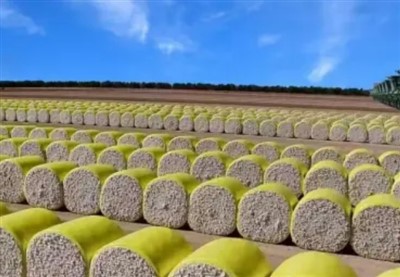
what are the advantages of cotton packaging film
-
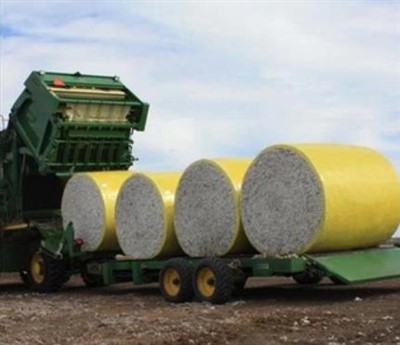
The Advantages of Cotton Wrap Film
-
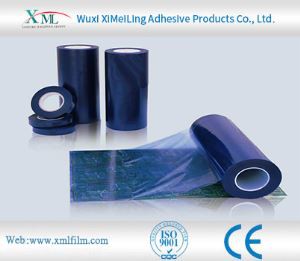
How does pe protective film cope with high temperature environment
-
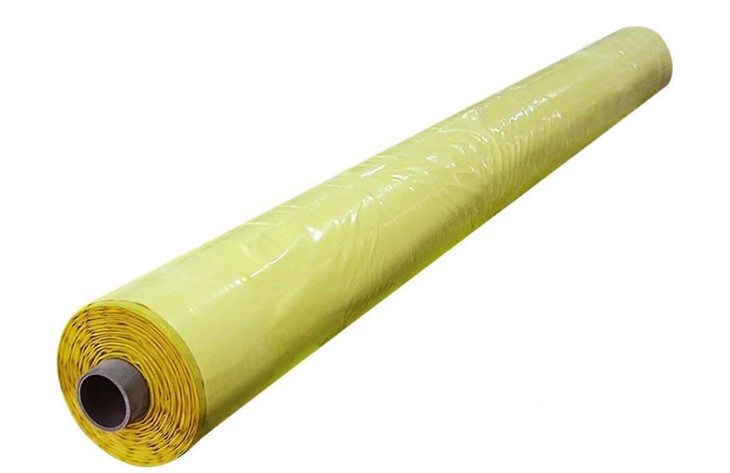
Advantages of Cotton Bale Wrap Film
-
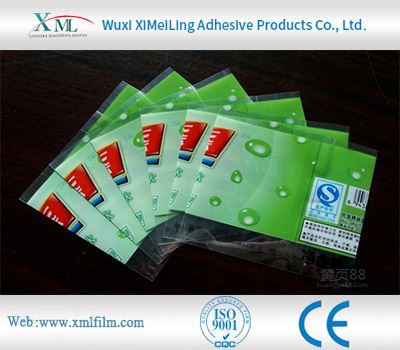
How Polyethylene Packaging Material Copes with High Temperature Environment
-
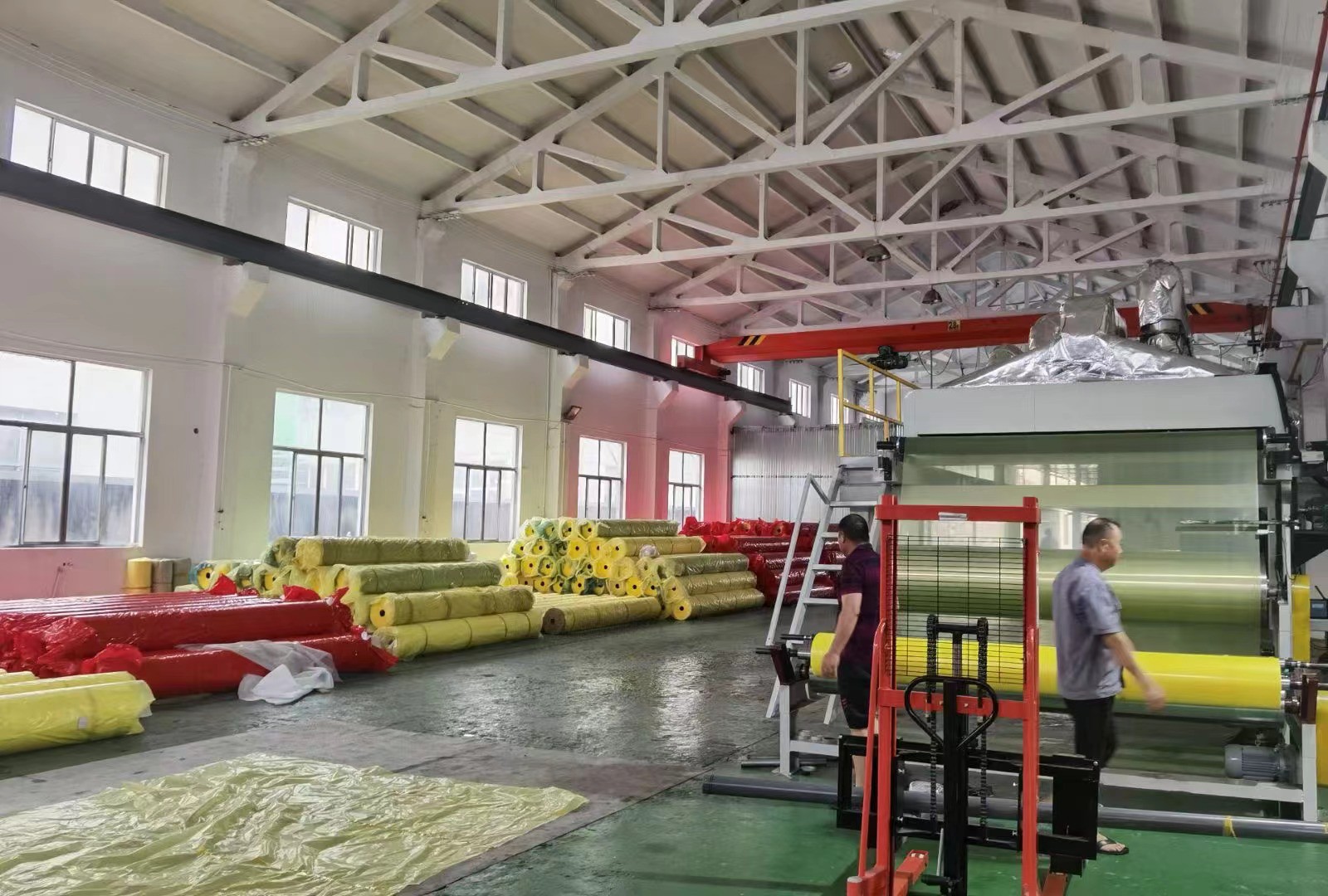
Storage method of cotton bale wrap film
